A break from specifically Catholic blogging. Here's a taste of life in Penang.
Last week, I posted some sneak previews of this event which I attended. This Hindu festival, celebrated in the month of Thai commemorates both the birthday of the Hindu deity Murugan and the occasion of the giving of a lance called a vel which led to Murugan's victory over some demon.
To celebrate the occasion, Hindu's undertake some spectacular acts of corporal mortification. They carry structures known as kavadi's which bear images of the various Hindu deities. They also pierce themselves through the cheeks, tongue, lips and various other parts of their bodies with replica vels. Hooks are also often driven through their backs as they pull little chariots.
Kavadis
Another devotional act is to carry little milk pots called paal kodams. The milk is carried to the temple where the idol or symbol of Murugan is bathed is a symbolic act of purification.
Milk pots or paal kodams.
In Malaysia, the main celebrations occur in the hilltop temple of Batu Caves where an estimated 1.3 million (out of a total 2 million Indians in Malaysia) gather for the festival. In other states such as Penang, 100,000 congregate at the hilltop temple at the Botanic Gardens to celebrate the festival.
The hilltop temple and the entrance, below.
The main event occurred the day before when the silver chariot bearing the idol of Murugan is brought in procession from a temple in the city to the temple near the waterfall. It's accompanied by thousands of Hindus breaking coconuts in it's path and hundreds of kavadi bearers. The following evening, the chariot again makes its way back to the temple in the city.
The schola cantorum chose to make an outing to visit the site of the festivities. 6 of us were present out of 9. An okay turnout on a hot and humid day. We choose the afternoon where there would be less people... but less is still a lot!
We made our way though the crowds towards the temple. At intervals, kavadi bearers and milk bearers passed us.

There were many stalls selling all sorts of things from food and drinks to Hindu devotionals. A copper carved image can be seen here:


Because the kavadi's are too tall, the bearers have to bend over while in the temple until they get out, above and below.


Apparently, they are supposed to be in a frenzied state, having been on a strict vegetarian diet before and going into some sort of trance before being skewered. They are not supposed to bleed or feel fatigued.
They also cannot shave or cut their hair. However, at the end of it all, they have to go bald.
Come back tomorrow for part 2.
![[Unam Sanctam]](https://blogger.googleusercontent.com/img/b/R29vZ2xl/AVvXsEiymQ2adTjpZ1ABhPBbBBquiPCxeQrc4Jy_97vOikT0wGQeJleriiXQy6ebnb0jrYe-TfvcK77txStB4aIwVAdD41ZdMkVfNtFGC0JX6LBV9B8mfeRZaIAM7Sj-011ag3DiKQzv/s1600/headerdivinemercy.jpg)





























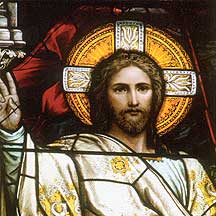
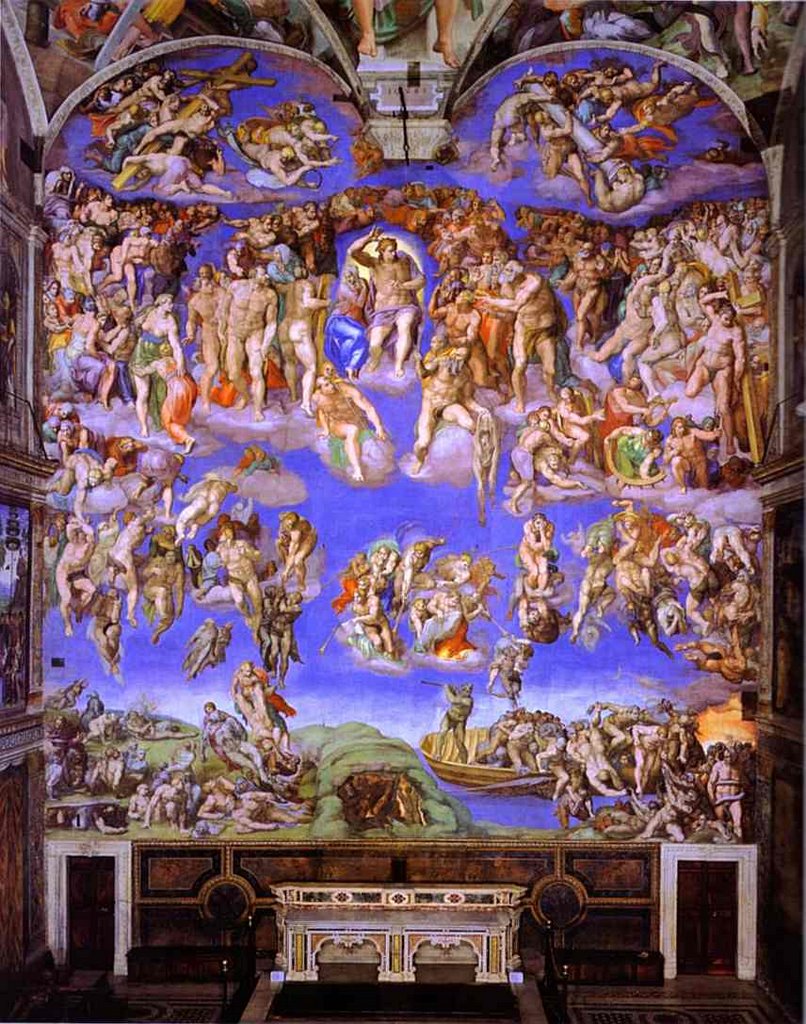


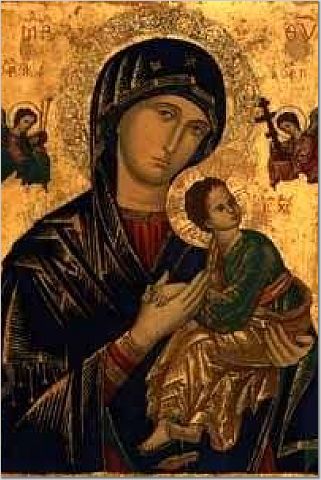



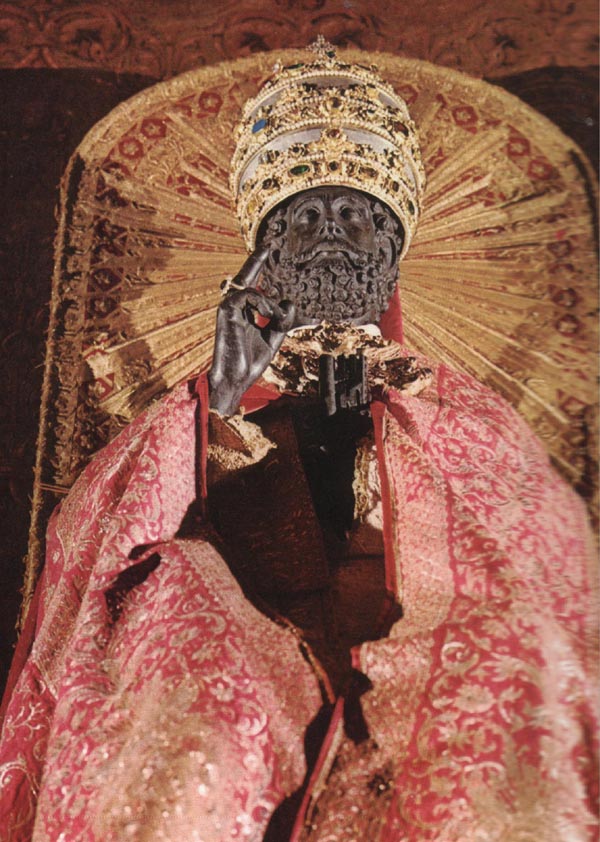
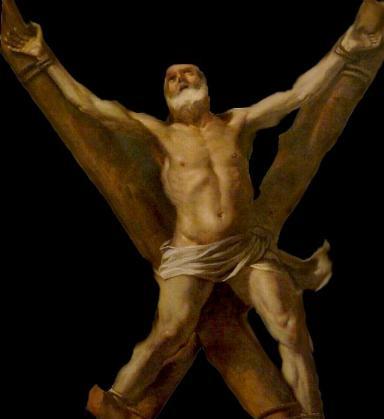

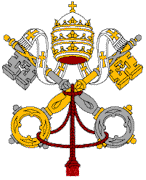


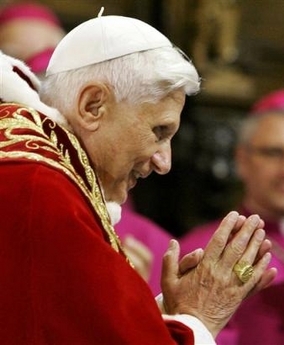






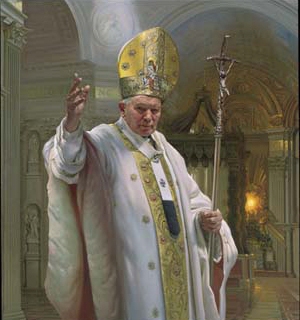
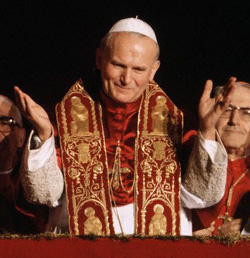
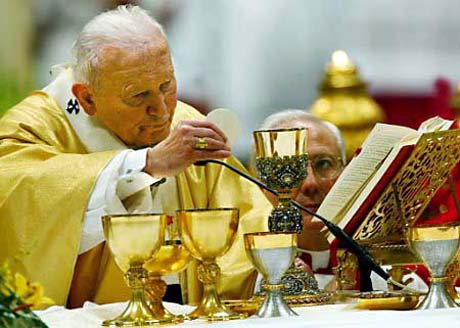







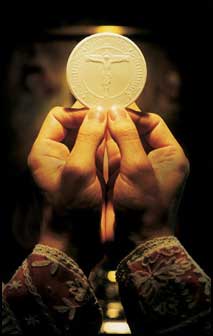
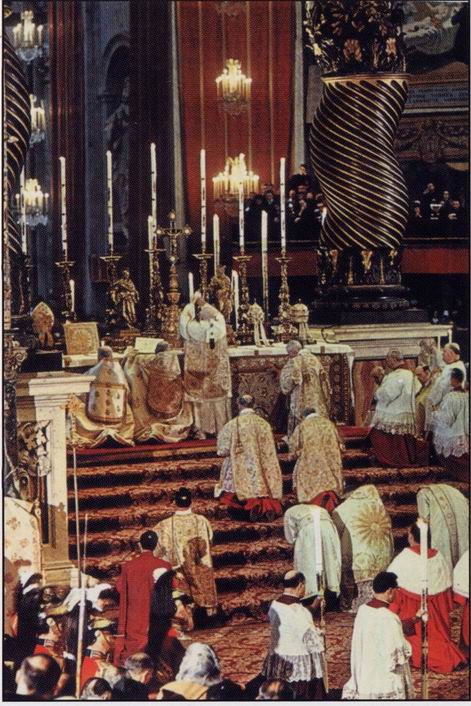

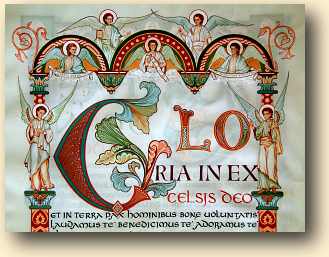

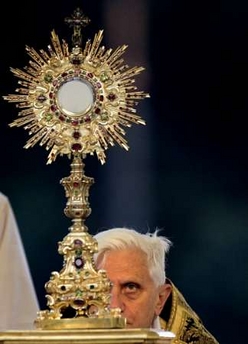


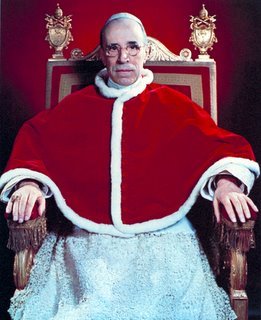




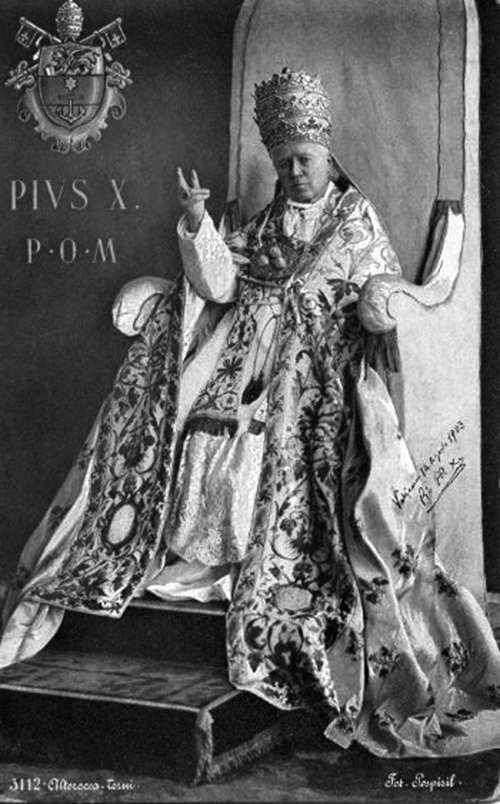



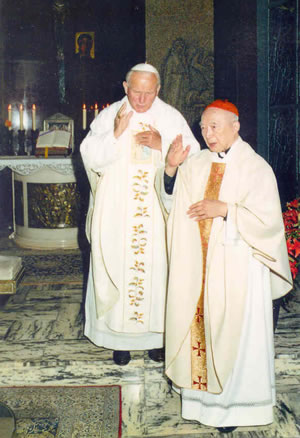






3 comments:
Andrew, are the population mainly Shaivite? I just ask because I used to have dealings with a Vaishnava sect, you see.
If so, it always amazes me how even Shaivites love to adopt things like the Jhulan-Yatra.
There's the Hinduism of the the Brahmin priests and the version of the hoi polloi. The masses just practice simple idolatry and pantheism.
*nods*
I have memories where rich Indian patrons often told pujaris to do things particular ways and thus break their...uhm..."rubrics".
Post a Comment